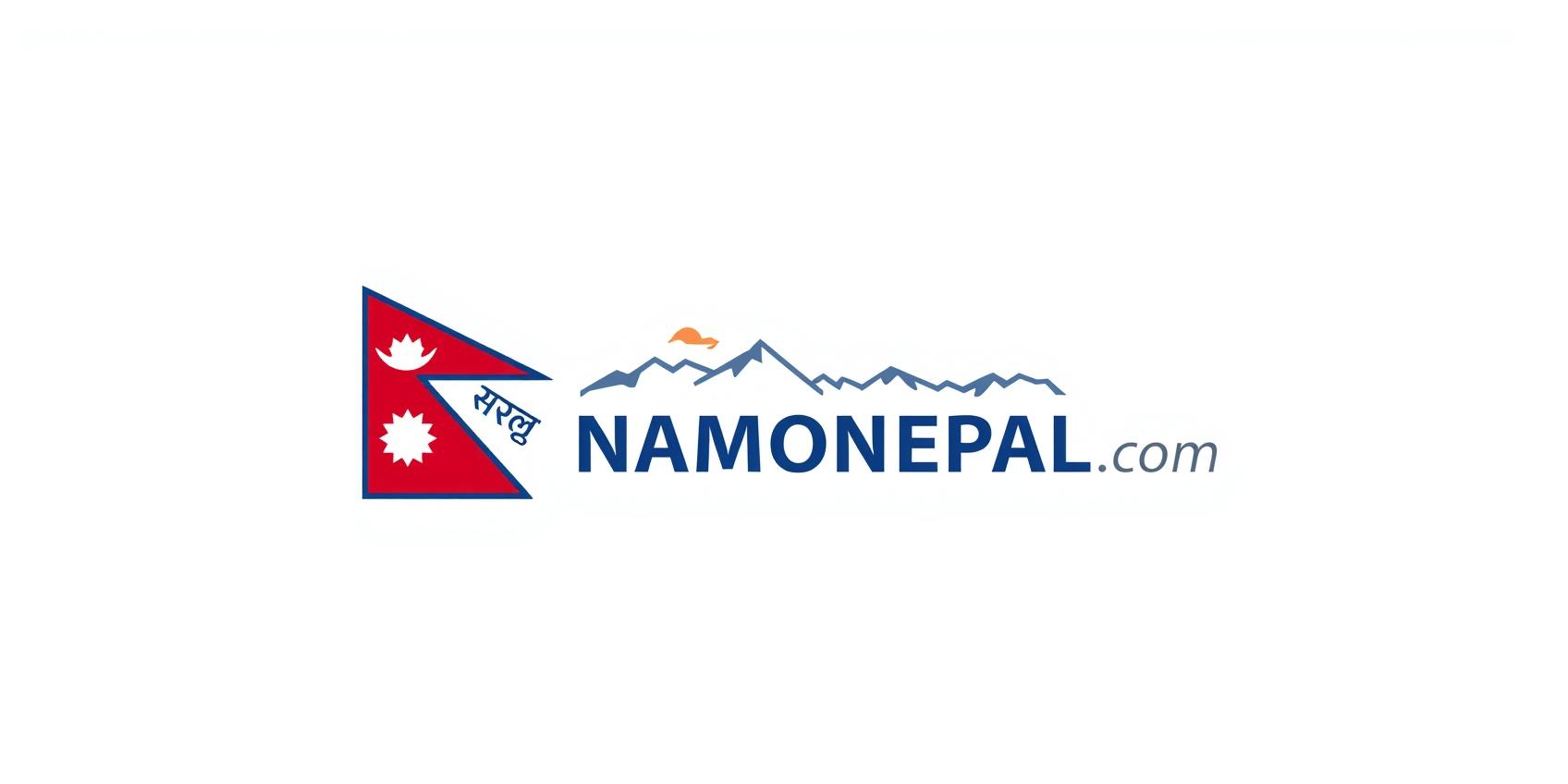Capture Nepal Safely and Legally 📸
Explore Nepal’s breathtaking landscapes with cameras and drones while respecting local laws and cultural sensitivities. Know the rules before you fly or shoot to ensure an amazing and trouble-free experience.
Always prioritize safety, privacy, and permits when using drones and cameras.

Why Follow Photography & Drone Rules?
Protect Cultural Heritage
Safeguard local privacy and respect cultural sensitivities and sites.
Avoid Legal Issues & Fines
Ensure a trouble-free trip by avoiding significant penalties or confiscation.
Safe Drone Operation
Safely operate drones in Nepal’s stunning yet restricted and sensitive areas.
Preserve Natural Sites
Contribute to preserving Nepal’s precious natural and historic landmarks.
Responsibility in a Photographer’s Paradise
Nepal is a photographer’s paradise, but drone use and photography come with responsibilities. The Civil Aviation Authority of Nepal (CAAN) governs drone flights, requiring permits for drones over 2 kg or flying beyond specified altitudes.
Photography rules protect privacy, safety, and respect for local communities. Follow Nepal’s regulations to enjoy your shoot without interruptions and to ensure your shots respect the local people and environment.

Five Critical Photography & Drone Rules
1. Drone Permit Requirements 📝
Drones >2 kg or flying above 120 meters require permits from CAAN, Ministry of Home Affairs, and Dept. of Tourism.
2. Flight Restrictions 🚫
Max altitude: 120 meters (394 feet). No flying over crowds, airports, or sensitive government areas.
3. Photography Restrictions 🖼️
Avoid capturing private property without explicit consent. Be mindful of rules in national parks and cultural heritage sites.
Quick Summary of Key Drone Rules
Detailed Regulations and Consequences
Drone Law Compliance
Nepal’s drone laws were strengthened to balance technological freedom with safety, privacy, and security, enforced by CAAN.
- Under 2 kg: Can fly up to 200 feet on *private property* without permits.
- Larger Drones/Commercial Use: Require detailed approval from CAAN, Tourism, and Home Affairs Ministries.
- Forbidden Zones: Flying near airports, historic sites, or mass gatherings is strictly prohibited.
Photography Ethics & Violations
Photography Guidelines: Respect local customs and ask permission before filming people, especially ethnic minorities. Avoid photographing military or security zones.
- Fines: Penalties range from NPR 2,000 to 50,000 (~$40 to $400).
- Confiscation: Unauthorized drone usage can lead to equipment seizure and legal action.
- Impact: Violations negatively affect your trip and local communities/environment.
Plan Your Nepal Shot Right 🗺️
Stay informed, get permits, and capture Nepal’s beauty responsibly.
Quick Guide for Safe Flying:
- Submit full specs and flight plans to CAAN.
- Always fly below 120m and within 500m horizontally.
- Keep Visual Line of Sight (VLOS) at all times.
- Avoid crowds, military areas, and airports.

